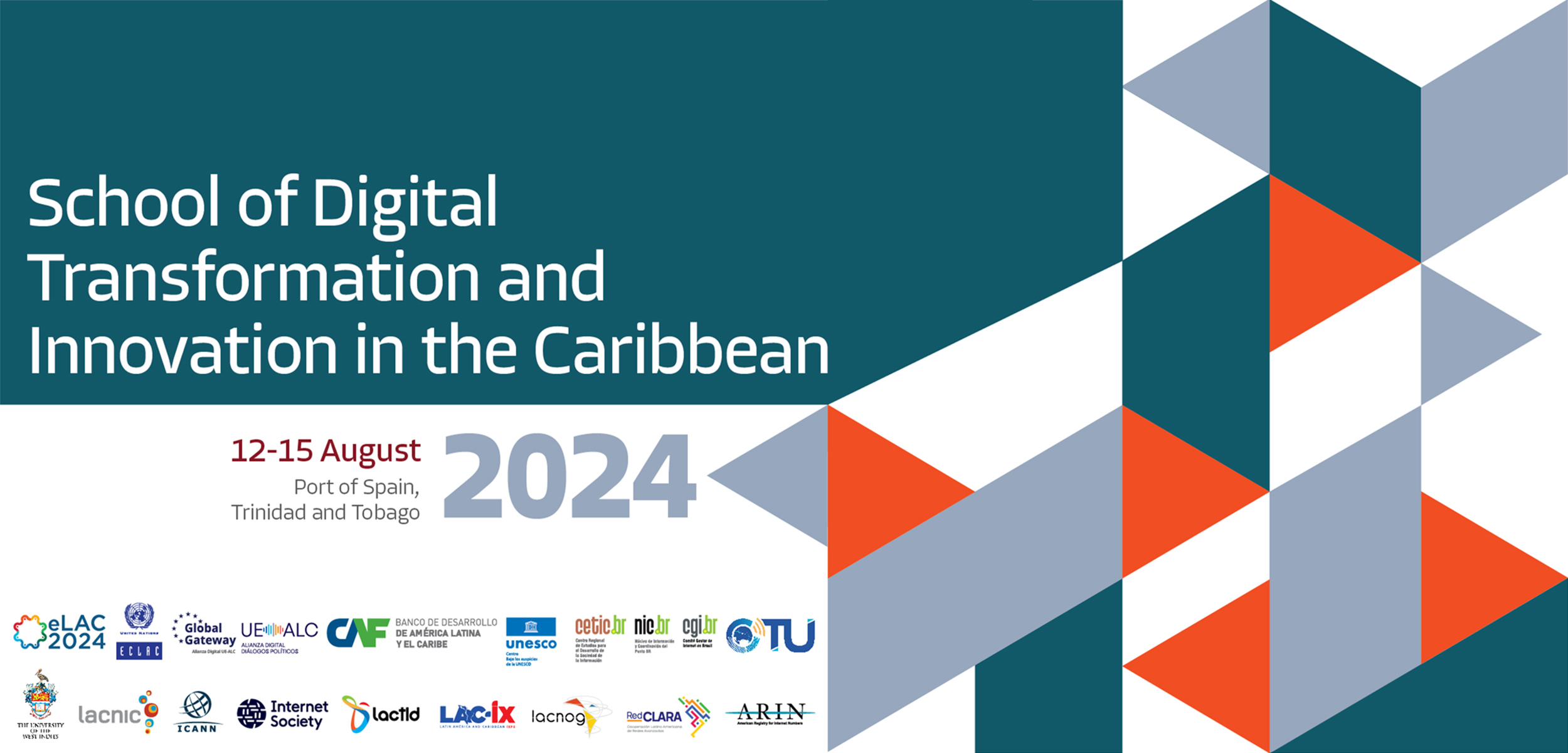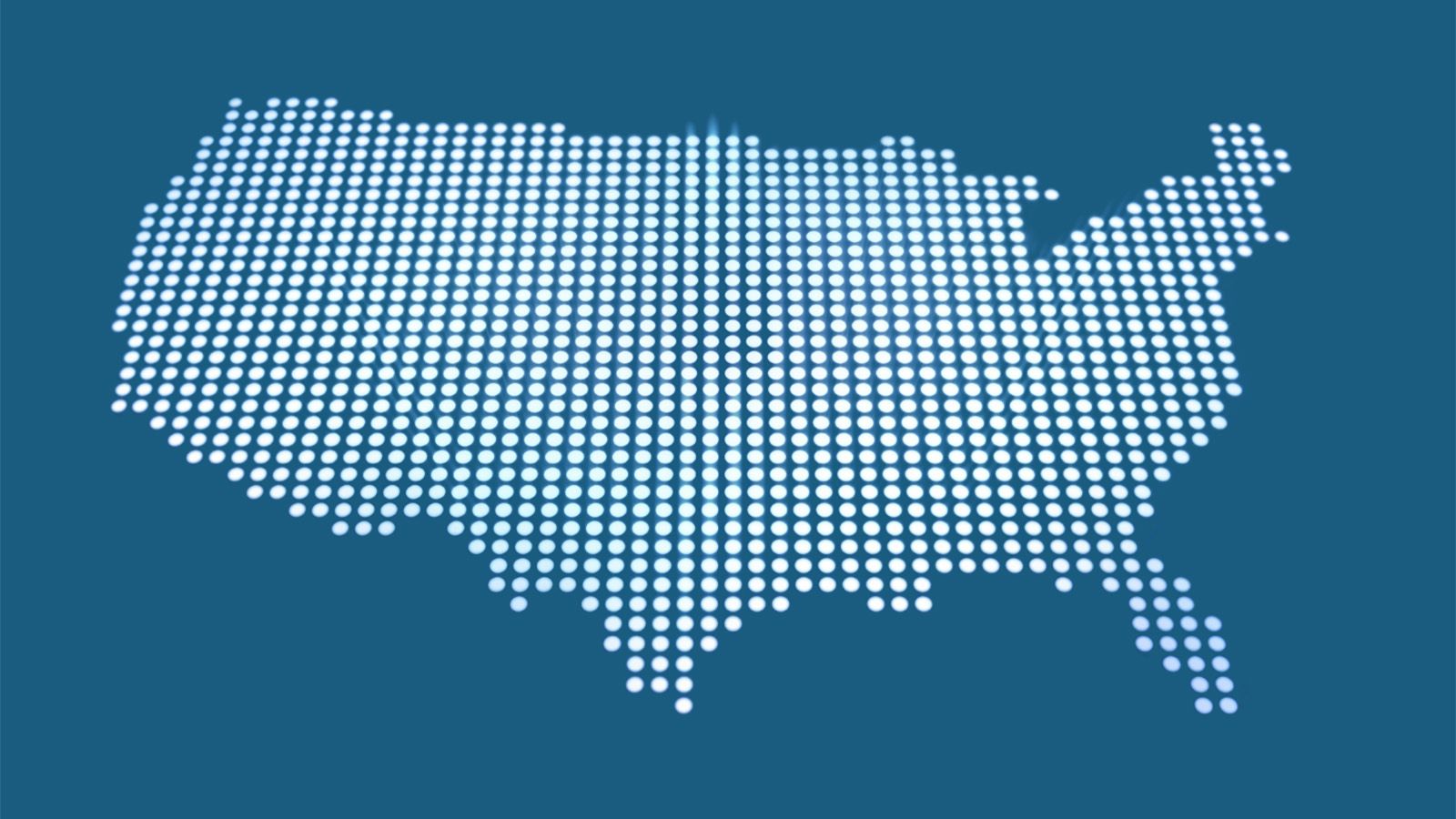CAF Board of Directors Report: Record US$5.2 Billion Approved to Advance Sustainable Development Goals
Executive Summary
The Board of Directors for CAF – Development Bank of Latin America and the Caribbean – has approved a historic US$5.2 billion in financing for 16 operations across 10 countries. This record allocation is strategically aimed at accelerating progress towards the Sustainable Development Goals (SDGs) by funding projects in critical sectors including infrastructure, climate action, human development, urban mobility, and energy transition. Concurrently, CAF is expanding its regional integration efforts, in line with SDG 17 (Partnerships for the Goals), by incorporating Guatemala and Saint Lucia as shareholders, converting Barbados to a full member country, and approving a capital increase for Antigua and Barbuda.
Project Funding Aligned with Sustainable Development Goals
The approved operations are designed to directly address multiple SDGs, promoting inclusive and sustainable development throughout the region. The financing targets key areas essential for achieving the 2030 Agenda.
-
SDG 7 (Affordable and Clean Energy) & SDG 13 (Climate Action)
- Chichas Solar Power Plant, Bolivia (US$110 million): This project advances Bolivia’s energy transition by increasing renewable energy capacity.
- Energy Sector Reform, The Bahamas (US$100 million): Focuses on modernizing electricity infrastructure and expanding renewable energy to improve affordability and resilience.
- Natural Gas Expansion, Peru (US$500 million): Supports access to a cleaner energy source for approximately 9 million people in Lima and Callao.
- Green Credit Line, Costa Rica (US$500 million): The first green liquidity line approved by CAF, providing contingent financing for environmental and climate-related initiatives.
-
SDG 9 (Industry, Innovation, and Infrastructure) & SDG 11 (Sustainable Cities and Communities)
- Railway Network Modernization, Chile (US$700 million): A second phase of financing to develop sustainable public transport infrastructure.
- Urban Mobility Improvement, Bogota, Colombia (US$200 million): Funds projects for a safer, more inclusive, and sustainable mobility system.
- Aerocivil Investment Plan, Colombia (US$240 million): Modernizes air navigation and airport infrastructure, strengthening regional integration.
- Sustainable Infrastructure Projects, Regional (US$250 million): A credit line for the Sacyr Group to finance projects in water, sanitation, social infrastructure, and circular economy initiatives.
-
SDG 6 (Clean Water and Sanitation) & SDG 3 (Good Health and Well-being)
- Aqueduct System Improvement, Argentina (US$150 million): Enhances access to sustainable and safe water systems for several cities in the Province of Chubut.
- Mental Health Services Access, Colombia (US$150 million): Aims to improve the quality and availability of mental health services, particularly for vulnerable and historically excluded populations, directly supporting SDG 3.
-
SDG 15 (Life on Land) & SDG 13 (Climate Action)
- Climate Action and Biodiversity Program, Colombia (US$350 million): Supports the government’s strategy to address climate change, protect the environment, and preserve its natural heritage.
- Forest Management Improvement, Panama (US$300 million): Provides credit to promote sustainable forest management, ecosystem conservation, and green financing.
-
SDG 8 (Decent Work and Economic Growth) & SDG 16 (Peace, Justice and Strong Institutions)
- SME Support, Paraguay (US$100 million): Increases a credit line to the Agencia Financiera de Desarrollo to facilitate financing for small and medium-sized enterprises, fostering economic growth.
- Justice and Penitentiary System Modernization, Peru (US$800 million): A landmark program to improve conditions and infrastructure within the national penitentiary system, strengthening institutions and promoting human rights.
Strengthening Regional Integration for Sustainable Development (SDG 17)
The Board’s approval for the incorporation of Guatemala and Saint Lucia as Series “C” shareholders marks a significant step in expanding CAF’s geographic scope. This development provides both nations with access to CAF’s comprehensive financial and technical services to support their national development priorities. This expansion reinforces CAF’s commitment to deepening regional integration and fostering partnerships to achieve sustainable and inclusive development across Latin America and the Caribbean.
Analysis of Sustainable Development Goals in the Article
1. Which SDGs are addressed or connected to the issues highlighted in the article?
-
SDG 3: Good Health and Well-being
The article mentions a US$150 million loan to Colombia specifically to “improve access to and quality of mental health services,” directly aligning with the goal of ensuring healthy lives and promoting well-being.
-
SDG 6: Clean Water and Sanitation
The approval of a USD 150 million loan for the “Sustainable Aqueduct System Program for the Province of Chubut” in Argentina addresses the need for sustainable management of water and sanitation.
-
SDG 7: Affordable and Clean Energy
This goal is central to several projects, including the US$110 million financing for the “Chichas Solar Plant in Bolivia,” the US$100 million loan to “support the modernization of electricity infrastructure, the expansion of renewable energy” in the Bahamas, and the US$500 million loan to expand “access to natural gas in Lima and Callao,” which is presented as a cleaner energy source.
-
SDG 8: Decent Work and Economic Growth
The article highlights support for Small and Medium-sized Enterprises (SMEs) through the renewal and increase of a credit line to US$100 million for the Agencia Financiera de Desarrollo del Paraguay. This aims to “strengthen economic development and productive investment in Paraguay, with special emphasis on financing for small and medium-size companies.”
-
SDG 9: Industry, Innovation, and Infrastructure
A significant portion of the approved funds is for infrastructure development. This includes the US$700 million for the “modernization and expansion of Chile’s railway network,” the US$240 million to “modernize air navigation infrastructure and airport services” in Colombia, and the general US$250 million line of credit for the Sacyr Group for “construction of sustainable infrastructure.”
-
SDG 11: Sustainable Cities and Communities
The goal of making cities inclusive, safe, resilient, and sustainable is addressed through projects like the US$200 million loan for “sustainable mobility projects in Bogota” and the expansion of the aqueduct system in Argentine cities, which improves urban services.
-
SDG 13: Climate Action
Climate action is a recurring theme. The article explicitly mentions a US$350 million loan for Colombia’s “Program to Support Climate Action, Sustainability and Biodiversity.” Additionally, projects promoting renewable energy (Bolivia, Bahamas) and the “first green credit for Costa Rica” directly contribute to combating climate change.
-
SDG 15: Life on Land
This goal is addressed by the US$300 million credit for Panama to “improve forest management and support the continuity of policies that promote sustainable forest management, ecosystem conservation and green financing,” and the biodiversity component of the climate action program in Colombia.
-
SDG 16: Peace, Justice, and Strong Institutions
The article details an US$800 million line of credit for Peru’s “Program to Improve and Close Gaps in the National Penitentiary System,” which aims to “radically transform the conditions of persons deprived of liberty.” This directly supports the development of effective, accountable, and inclusive institutions at all levels.
-
SDG 17: Partnerships for the Goals
The entire article is an example of SDG 17 in action. CAF, as a multilateral development bank, is mobilizing financial resources for developing countries. The inclusion of Guatemala and St. Lucia as new shareholders and the conversion of Barbados to a member country exemplify the strengthening of global partnerships for sustainable development.
2. What specific targets under those SDGs can be identified based on the article’s content?
- Target 3.4: By 2030, reduce by one third premature mortality from non-communicable diseases through prevention and treatment and promote mental health and well-being. The loan to improve mental health services in Colombia directly supports this target.
- Target 6.1: By 2030, achieve universal and equitable access to safe and affordable drinking water for all. The project to improve the aqueduct system in Chubut, Argentina, is a direct contribution to this target.
- Target 7.1: By 2030, ensure universal access to affordable, reliable and modern energy services. The project to expand natural gas access in Lima and Callao, Peru, aims to provide a more economical energy source to millions.
- Target 7.2: By 2030, increase substantially the share of renewable energy in the global energy mix. The financing for the Chichas Solar Plant in Bolivia and the support for renewable energy expansion in the Bahamas are clear examples.
- Target 8.3: Promote development-oriented policies that support productive activities, decent job creation, entrepreneurship, creativity and innovation, and encourage the formalization and growth of micro-, small- and medium-sized enterprises, including through access to financial services. The credit line for SMEs in Paraguay directly addresses this.
- Target 9.1: Develop quality, reliable, sustainable and resilient infrastructure, including regional and transborder infrastructure, to support economic development and human well-being, with a focus on affordable and equitable access for all. The modernization of Chile’s railway network and Colombia’s air navigation infrastructure aligns with this target.
- Target 11.2: By 2030, provide access to safe, affordable, accessible and sustainable transport systems for all. The loan for sustainable mobility projects in Bogota is a direct effort towards achieving this target.
- Target 13.2: Integrate climate change measures into national policies, strategies and planning. The loans for climate action in Colombia and the green credit line for Costa Rica support the integration of climate considerations into national development plans.
- Target 15.2: By 2030, promote the implementation of sustainable management of all types of forests, halt deforestation, restore degraded forests and substantially increase afforestation and reforestation globally. The credit approved for Panama to improve forest management directly contributes to this target.
- Target 16.3: Promote the rule of law at the national and international levels and ensure equal access to justice for all. The program to modernize Peru’s penitentiary system is an initiative aimed at improving a key component of the justice system.
- Target 17.3: Mobilize additional financial resources for developing countries from multiple sources. The article’s core subject, CAF’s approval of US$5.2 billion in financing, is a direct implementation of this target.
3. Are there any indicators mentioned or implied in the article that can be used to measure progress towards the identified targets?
-
Financial Investment as a Primary Indicator
The most prominent indicator throughout the article is the amount of financial resources mobilized. Specific figures are provided for each project, such as “USD 150 million loan” for the aqueduct in Argentina, “US$110 million for the development of the Chichas Solar Plant,” and the total “record US$5.2 billion for 16 operations.” This serves as a direct measure of financial flows towards sustainable development (related to Indicator 17.3.1).
-
Implied Project-Level Indicators
While the article focuses on funding approval rather than project outcomes, it implies several indicators that could be used to measure progress:
- Population Benefited: For the aqueduct project, the article states it will “directly benefit the cities of Sarmiento, Comodoro Rivadavia, Rada Tilly, and Caleta Olivia.” For the natural gas project in Peru, it mentions it provides access for “approximately 9 million people.” The number of people with improved access to services is a key implied indicator.
- Increased Access to Services: Progress can be measured by the improved access to mental health services in Colombia, financing for SMEs in Paraguay, and access to cleaner energy in Peru and the Bahamas.
- Infrastructure Development: The modernization and expansion of specific infrastructure, such as kilometers of railway track in Chile or upgraded air navigation systems in Colombia, would be tangible indicators of progress.
- Share of Renewable Energy: For projects in Bolivia and the Bahamas, a key indicator would be the increase in the proportion of energy generated from renewable sources in their national energy grids (related to Indicator 7.2.1).
- Geographic Expansion of Partnerships: The “incorporation of Guatemala and Saint Lucia” and the “conversion of Barbados to a member country” are clear indicators of expanding regional partnerships for development.
4. Table of SDGs, Targets, and Indicators
| SDGs | Targets | Indicators (Mentioned or Implied in the Article) |
|---|---|---|
| SDG 3: Good Health and Well-being | 3.4 Promote mental health and well-being. | Improved access to and quality of mental health services in Colombia; US$150 million loan amount. |
| SDG 6: Clean Water and Sanitation | 6.1 Achieve universal and equitable access to safe and affordable drinking water. | Number of cities/people benefiting from the improved aqueduct system in Chubut, Argentina. |
| SDG 7: Affordable and Clean Energy | 7.2 Increase substantially the share of renewable energy. | Construction of the Chichas Solar Plant (Bolivia); Expansion of renewable energy infrastructure (Bahamas). |
| SDG 8: Decent Work and Economic Growth | 8.3 Promote policies that support… growth of micro-, small- and medium-sized enterprises. | Increased line of credit (to US$100 million) for financing SMEs in Paraguay. |
| SDG 9: Industry, Innovation, and Infrastructure | 9.1 Develop quality, reliable, sustainable and resilient infrastructure. | Modernization of Chile’s railway network; Modernization of Colombia’s air navigation infrastructure. |
| SDG 11: Sustainable Cities and Communities | 11.2 Provide access to safe, affordable, accessible and sustainable transport systems. | Implementation of sustainable mobility projects in Bogota. |
| SDG 13: Climate Action | 13.2 Integrate climate change measures into national policies, strategies and planning. | US$350 million loan for Colombia’s climate action program; US$500 million green credit line for Costa Rica. |
| SDG 15: Life on Land | 15.2 Promote the implementation of sustainable management of all types of forests. | Improved forest management and ecosystem conservation in Panama, supported by a USD 300 million credit. |
| SDG 16: Peace, Justice, and Strong Institutions | 16.3 Promote the rule of law… and ensure equal access to justice for all. | Transformation of conditions for persons deprived of liberty through the modernization of Peru’s penitentiary system. |
| SDG 17: Partnerships for the Goals | 17.3 Mobilize additional financial resources for developing countries. | Total approved funding of US$5.2 billion by CAF; Inclusion of Guatemala and St. Lucia as new shareholders. |
Source: caf.com







